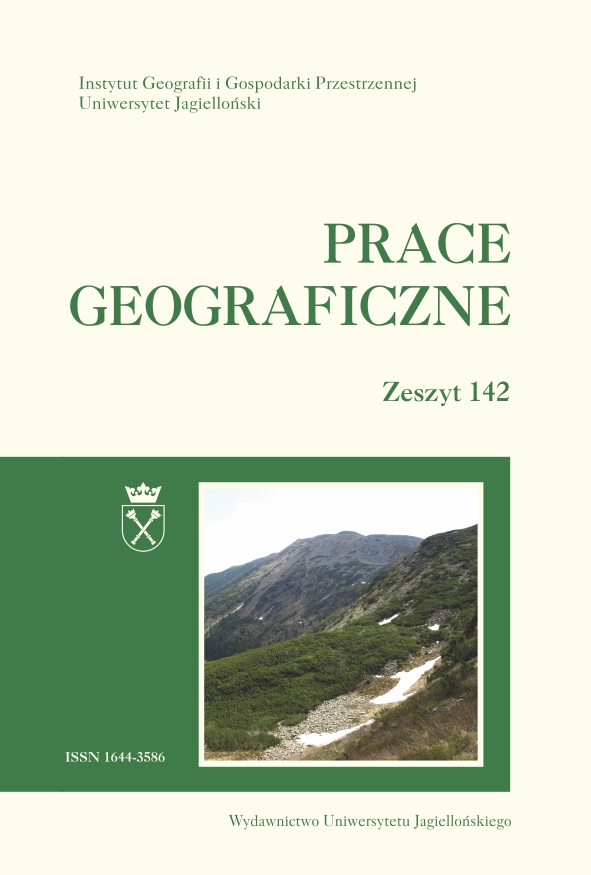Cyrkulacyjne uwarunkowania przebiegu szlaków morskich z Europy do Indii w „Epoce Żagla”
Atmospheric circulation and ocean currents as controls of sea routes from Europe to India during “Age of Sails”
Author(s): Krzysztof JarzynaSubject(s): Geography, Regional studies, Environmental Geography
Published by: Wydawnictwo Uniwersytetu Jagiellońskiego
Keywords: sea lanes; atmospheric circulation; ocean currents; Age of Discovery
Summary/Abstract: Knowledge of prevailing winds and ocean currents was one of the crucial factors deciding the success of European sailors during the Age of Discovery. Its role has not been fully appreciated in Polish geography yet. The role of prevailing winds and ocean currents in the determination of sea lanes in the Atlantic Ocean and the Indian Ocean is described in this paper. It has been shown that winds and ocean currents can both make easier or more difficult navigation to a given destination. Some navigational techniques were developed to overcome such obstacles. The volta do mar technique was used to avoid beating trade winds during return voyages from the West Africa coast. The use of this technique in the South Atlantic Gyre demanded to drift southwest after passing by the Guinea coast and use the Brazilian Current and next prevailing westerlies to reach the Cape of Good Hope. Monsoon circulation is the main navigational challenge in the Indian Ocean. Good timing is essential for the fastest voyage there. The Brouwer Route resolved the problem of the seasonality of navigation to the Malay Archipelago to some degree. It was shown too that using the sea lanes mentioned above enabled many important discoveries, particularly those of the Brazilian and Western Australian coasts.
Journal: Prace Geograficzne
- Issue Year: 2015
- Issue No: 142
- Page Range: 105-124
- Page Count: 20
- Language: Polish

